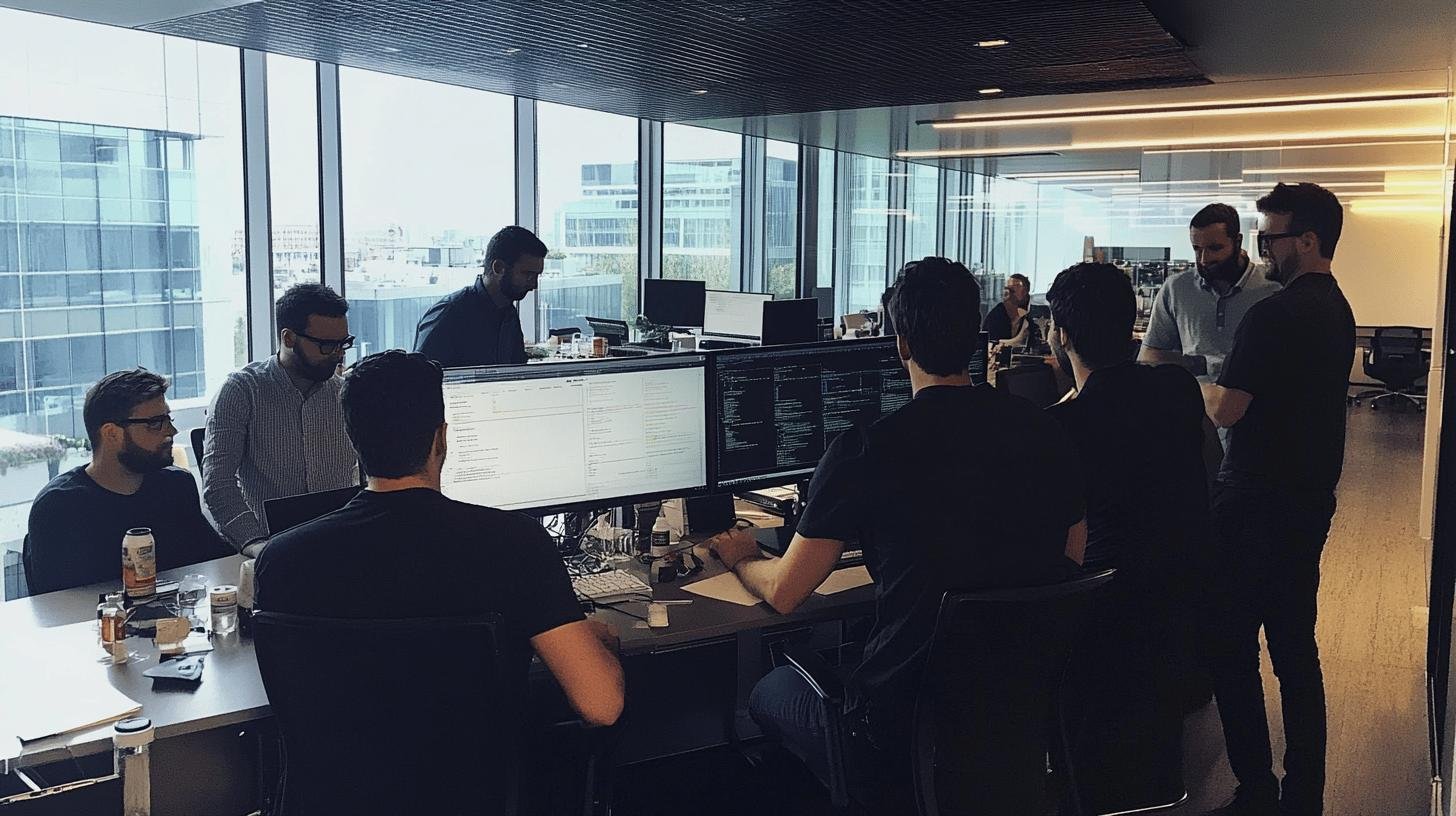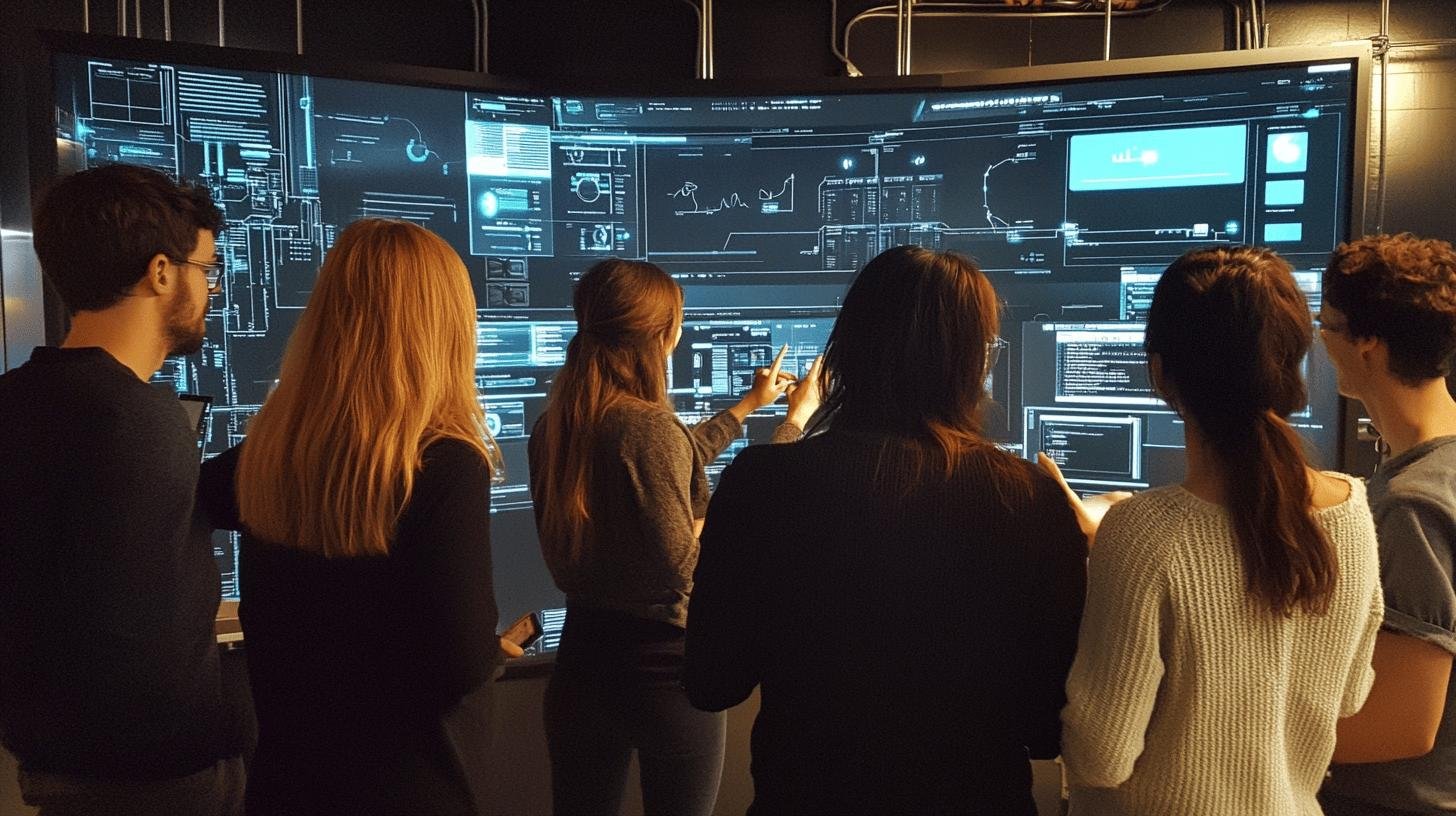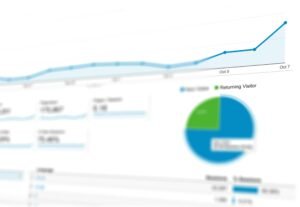Ever wondered how some businesses seem to always be two steps ahead in efficiency and performance? The secret sauce often boils down to combining two powerhouses: RPA and AI. Think of RPA (Robotic Process Automation) like your friendly office assistant, tackling those mundane tasks no one enjoys, such as data entry. Now, add AI (Artificial Intelligence) into the mix, which handles things like decisions and spotting patterns, and you’ve got a dream team! In this blog, I’m going to spill the beans on how integrating these two can totally transform the way businesses operate. Ready to find out with me?
Understanding RPA and AI Integration
Robotic Process Automation (RPA) acts like a digital helper, tackling those mundane tasks you’d rather avoid. Picture a robot doing office chores instead of laundry. Now, combine that with Artificial Intelligence (AI), the smart partner that makes decisions and spots patterns. Together, RPA and AI form a powerful team that boosts business efficiency. RPA handles routine jobs, while AI takes on the complex parts. This combination improves how businesses operate, making them smoother and smarter.
Consider these advantages from blending RPA with AI:
- Increased Efficiency: They complete tasks with lightning speed.
- Cost Savings: They cut down on manual labor costs, saving money.
- Improved Accuracy: less human error results in fewer mistakes.
- Better decision-making: AI analyzes data for smarter choices.
- Scalability: Easily expand operations without extra manpower.
Digital transformation is a major trend for good reason. By merging RPA and AI, businesses can leap into the future like tech-savvy heroes. This pair streamlines processes, enabling companies to be agile and ready for any challenge.
Business process management aims to keep operations flowing smoothly. RPA and AI together help to iron out wrinkles and enhance efficiency. Imagine upgrading from a bicycle to a jetpack—you’re not just moving; you’re soaring!
Benefits of Combining RPA and AI

Ever wondered how businesses become so efficient? Combining RPA and AI gives them a turbo boost! They speed up processes by handling tasks that take humans ages. How? RPA takes on the repetitive stuff, while AI uses its smarts to make decisions and spot patterns. This super team never tires or gets bored, showcasing efficiency improvement at its best!
| Benefit | Description |
|---|---|
| Increased Speed | Tasks get completed faster, leaving room for innovation. |
| Cost Savings | Reduced need for manual labor leads to lower costs. |
| Enhanced Accuracy | Precision reduces errors and boosts quality. |
| Scalability | Expand operations without needing more hires. |
On the financial side, this combo is transformative. Automating mundane tasks frees up funds otherwise spent on human resources, directing them toward innovation and customer service. It’s not just about saving money but spending it wisely.
Accuracy is another key win. With RPA and AI, businesses minimize human errors. AI ensures tasks are correctly done the first time. This builds confidence and boosts the overall quality of business processes—a win-win for everyone!
Challenges in RPA and AI Integration
Integrating RPA and AI isn’t just about flipping a switch. There are significant challenges, like ensuring ethical use and compliance. How can businesses ensure AI is used responsibly? By designing systems that respect privacy and security, with human oversight to keep things in check. This ethical approach helps avoid pitfalls, guiding AI to fair play.
Some specific challenges businesses face include:
- Finding Skilled Experts: It’s tough to find talent skilled in both RPA and AI.
- Keeping Data Secure: Ensuring data security is crucial when AI handles sensitive information.
- Balancing Automation and Human Touch: Too much tech can lead to impersonal experiences.
- Updating Legacy Systems: Older systems might not mesh well with new tech.
Interdisciplinary skills make RPA and AI integration successful. Why does this matter? It’s like forming a dream team with diverse talents. You need expertise in automation, AI algorithms, and your industry specifics. This blend ensures smooth integration, paving the way for future success.
Real-World Industry Use Cases

RPA and AI integration acts like a secret weapon by automating tasks and enabling smart decisions. Here’s how they make a difference across industries.
1. Financial Services
In financial services, RPA and AI increase efficiency by automating repetitive processes and enhancing decision-making. Software bots manage transaction processing and compliance checks, while AI analyzes data to help experts make quick, intelligent decisions.
2. Insurance
Improved claims processing in insurance comes from RPA and AI working together. RPA automates paperwork, while AI assesses data to expedite claims. This means faster service and fewer hassles for insurance companies.
3. Retail
Retail giants ensure smooth operations by using RPA for inventory management and order processing. AI analyzes customer data for personalized shopping experiences. This boosts backend efficiency and elevates customer journeys.
RPA and AI integration impacts all industries by boosting efficiency, accuracy, and satisfaction. Businesses achieve more, reduce manual labor, and focus on strategic growth. It’s like gaining the superpower to adapt and thrive in a fast-paced world.
Best Practices for RPA and AI Integration
Effective integration of RPA and AI calls for careful planning. Why is this crucial? Because without planning, you’re just guessing what might work. A clear strategy outlining goals and how to achieve them is essential. Start small with prototypes to identify what succeeds or fails, solving issues before broad implementation. Collaborate with tech vendors for insights and support, navigating complexities with confidence.
- Start with prototypes: Test small-scale implementations to learn and adjust.
- Involve cross-functional teams: Use talents from various departments for comprehensive coverage.
- Collaborate with Vendors: Gain expert advice and tools from tech partners.
- Prioritize Data Security: Secure data from the beginning to prevent future headaches.
- Maintain Human Oversight: Keep humans involved for ethical and effective use.
In conclusion, successful RPA and AI integration relies on solid planning and teamwork. Gathering a diverse team and refining strategies pave the way for seamless transitions. This approach maximizes benefits and prepares businesses for evolving tech landscapes. Start planning and building your tech dream team today!
The Future of RPA and AI Integration

Hyperautomation represents the future of automation, merging RPA and AI into advanced systems. This development lets businesses handle complex processes with minimal human intervention. It’s similar to giving automation both a brain and a heart, enabling optimization like never before.
Anticipate future trends and advancements:
- Smarter decision-making: AI will provide real-time insights for better decisions.
- Greater Scalability: As tech evolves, companies can scale easily.
- Enhanced Personalization: AI will tailor experiences to individual needs.
Staying up-to-date with tech trends is vital for leveraging RPA and AI benefits. Why is this important? Technology moves rapidly, and keeping up ensures you stay competitive. Watching these trends allows you to leverage new capabilities for growth and success. Keep your tech radar on, and don’t miss any beats in this exciting automation journey!
Conclusion
Integrating RPA and AI is like creating a dynamic duo for automation magic. We explored how RPA takes over repetitive tasks while AI steps in with decision-making and pattern-spotting smarts. Together, they’re supercharging business processes and driving digital transformation.
Combining these tech giants isn’t always a walk in the park. There are hurdles like ethical concerns and the need for interdisciplinary skills. But the payoff is huge: efficiency boosts, cost cuts, and accuracy like you’ve never seen.
As industries like finance, insurance, and retail show, RPA and AI integration can transform sectors big-time. Following best practices and staying updated with trends ensures ongoing success in this tech-driven world.
FAQ
What is RPA?
RPA, or robotic process automation, is a technology that automates repetitive tasks. It mimics human actions on computers, like a digital assistant.
What is AI RPA, and how do they work together?
AI RPA is when AI tech gets added to RPA processes, enhancing automation. AI helps in making decisions and recognizing patterns, making the automated tasks smarter.
RPA and AI differences—what sets them apart?
RPA is like your office assistant, doing the same tasks repeatedly without mistakes. AI, meanwhile, is the brain, analyzing data and making decisions based on patterns.
Can you give examples of RPA and AI integration?
Sure! Think of a customer service scenario where RPA handles call routing while AI analyzes customer sentiment to provide better responses.
What’s new in RPA and its integration with AI?
Recent advancements include smarter AI models for RPA, which offer better decision-making, increased accuracy, and faster processing times.




